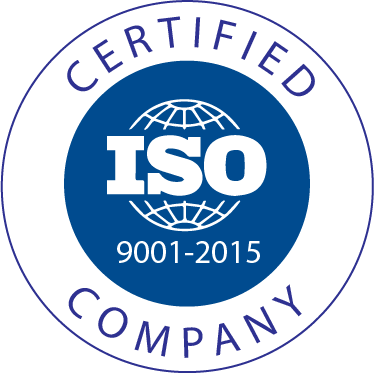Lung Cancer Treatment in India starts from $8000. The total cost of the treatment depends on the diagnosis and facilities opted by the patient.
Lung cancer is an uncontrolled growth of cells that start off in the lungs. Usually, lung cancer starts in the cells that line the air passages. Instead of developing into healthy lung tissue, the cells divide rapidly and form tumours.
Lung cancer can grow and spread beyond the lung to reach other parts of the body through metastasis. Lung cancers can begin in any part of the lung, but 90 percent of lung cancers begin in the epithelial cells, which are the cells lining the larger and smaller airways also known as bronchi and bronchioles.
This is the reason why lung cancers are sometimes called bronchogenic cancers or bronchogenic carcinomas. Lung cancer is the most common cancer in the world, among both men and women. It is the leading cause of cancer deaths worldwide.
Lung Cancer: Causes and Risk Factors
Long-term smoking is the main cause of lung cancer. After smoking, genetic factors and exposure to radon gas, asbestos, second-hand smoke or other forms of air pollution can also increase the risk of lung cancer.
Types of Lung Cancer
There are two major types of lung cancers, based on the appearance of lung cancer cells under the microscope:
- Non-small cell lung cancer (NSCLC): It is an umbrella term for several types of lung cancers that behave in a similar way, such as squamous cell carcinoma, adenocarcinoma, and large cell carcinoma.
- Small cell lung cancer (SCLC): This type of lung cancer occurs mostly in heavy smokers and it is less common than non-small cell lung cancer.
Lung Cancer Stages
It is necessary to determine the stage of lung cancer by finding out how far cancer has spread, before initiating treatment of lung cancer.
The following are the four lung cancer stages of NSCLC:
- Stage 1 lung cancer: Cancer is restricted to the lung
- Stage 2 lung cancer: Cancer has spread to the nearby lymph nodes
- Stage 3 lung cancer: (3a) Cancer is in the lung and the lymph nodes located on the same side (3b) Cancer is in the lung and has spread to lymph nodes on the opposite side
- Stage 4 lung cancer: Cancer has spread to both the lungs and other organs and surrounding tissues
The following are the two lung cancer stages of SCLC:
- Limited stage: Cancer is present in just one lung and lymph nodes on the same side of cancer.
- Extensive stage: Cancer has spread throughout the lung or both the lungs, to the lymph nodes on the opposite side, to the bone marrow, and to the distant organs.
After the determination of stage, treatment of lung cancer starts with choosing the best suitable option for the patient. However, there is usually no single treatment for lung cancer. So the patient often receives a combination of therapies and palliative care.
Lung Cancer Symptoms
Lung cancer symptoms may vary, depending upon where and how widespread the tumour is. A person with lung cancer may have following lung cancer symptoms:
- A persistent or chronic coughing
- Pain in chest, shoulder or back
- Difficulty in breathing and shortness of breath
- Hoarseness or change of voice
- Chronic bronchitis, pneumonia or respiratory infections
- Blood in the sputum and cough
Stage 3 lung cancer symptoms include the following:
- Wheezing
- General pain in the chest or when breathing
- Persistent cough with or without blood
- Altered voice
- Loss of appetite
- Unplanned weight loss
- Fever, headache, weakness, and bone pain
- Difficulty swallowing






